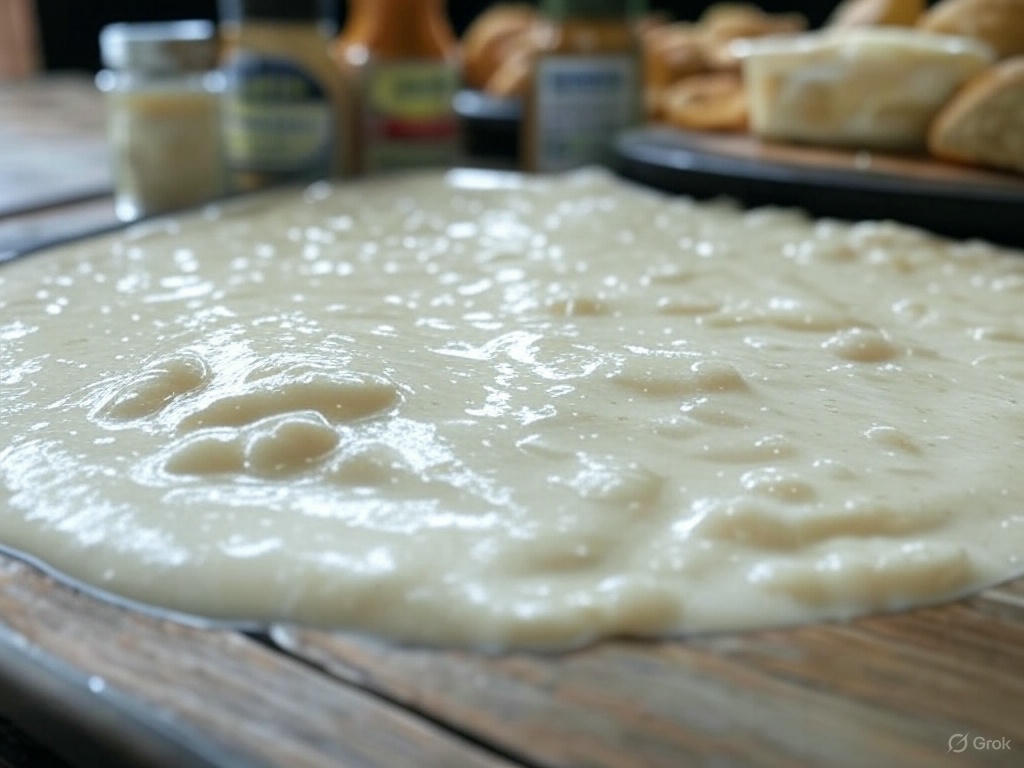Poly Anionic Cellulose as a Polymer
Poly Anionic Cellulose (PAC) is a semi-synthetic, water-soluble polymer derived from cellulose, a naturally occurring polysaccharide. Its polymeric structure is key to its functionality across industries.
1. Chemical Structure
- Parent Polymer: Cellulose, a linear polymer of β-1,4-linked D-glucose units (C₆H₁₀O₅)ₙ, where “n” can range from hundreds to thousands.
- Modification: PAC is produced by carboxymethylation, where some hydroxyl (-OH) groups on the glucose units are substituted with carboxymethyl groups (-CH₂COO⁻Na⁺).
- Anionic Nature: The carboxymethyl groups ionize in water, giving PAC its negative charge (anionic character), which enhances solubility and interactions with cations or polar substances.
- Degree of Substitution (DS): Typically 0.7–1.2, meaning 0.7 to 1.2 carboxymethyl groups per glucose unit. Higher DS increases solubility and ionic strength.
- Molecular Weight: Varies widely (50,000 to over 1,000,000 Da), influencing viscosity (e.g., PAC-LV vs. PAC-HV).
2. Polymeric Properties
- Chain Length: Long polymer chains provide entanglement, contributing to viscosity and gel-like behavior in solution.
- Hydrophilicity: The -OH and -CH₂COO⁻ groups make PAC highly water-attracting, enabling it to dissolve and swell in aqueous environments.
- Flexibility: The ether linkages in the carboxymethyl groups allow conformational adaptability, aiding its role as a thickener or stabilizer.
- Ionic Interactions: The anionic sites interact with cations (e.g., Ca²⁺, Na⁺), which is critical in salty environments like drilling fluids.
3. Physical Characteristics
- Appearance: White to off-white powder or granules.
- Solution Behavior: Forms clear, viscous solutions; viscosity depends on concentration, molecular weight, and shear rate.
- Thermal Stability: Stable up to ~150–200°C, degrading at higher temperatures (useful in oil drilling).
- pH Range: Effective in neutral to mildly alkaline conditions (pH 6–11); less stable in strong acids.
4. How Its Polymer Nature Enables Applications
- Oil Drilling:
- Viscosification: Long polymer chains increase mud viscosity, suspending cuttings.
- Fluid Loss Control: Forms a thin, impermeable filter cake via chain entanglement and ionic bonding with clay particles.
- Food Industry:
- Thickening: High molecular weight chains trap water, enhancing texture (e.g., in ice cream).
- Stabilization: Prevents phase separation by forming a hydrated polymer network.
- Pharmaceuticals:
- Binding: Chains hold tablet ingredients together.
- Controlled Release: Polymer swelling modulates drug dissolution rates.
- Construction:
- Water Retention: Hydrophilic chains retain moisture in cement, improving curing and workability.
- Adhesion: Entangled chains enhance cohesion in mixtures.
5. Challenges
- Cost: Higher-grade PAC (e.g., food/pharma) is pricier due to purification.
- Degradation: Susceptible to microbial attack in aqueous solutions (mitigated with biocides).




